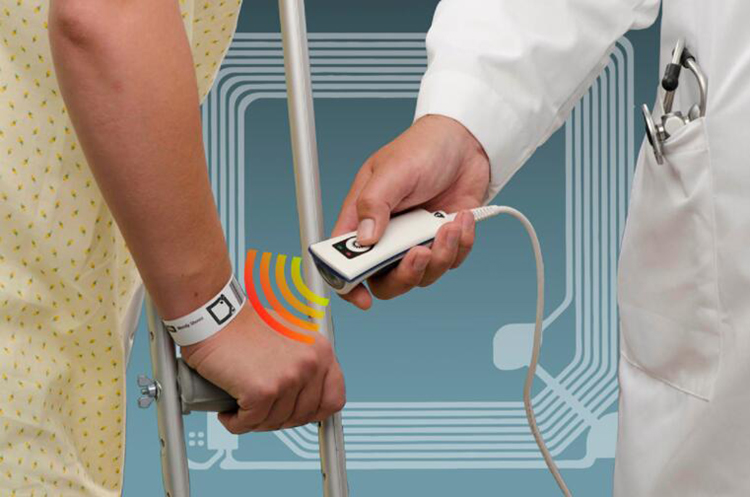
Smart medical care involves technologies such as big data, Internet of Things, mobile information and even cutting-edge technology in biochemistry, as well as related infrastructure.
RFID belongs to the category of Internet of Things. Due to its advantages of accurate and fast information reading and storage, convenient and fast operation, and automation, RFID technology plays an important role in the construction of smart medical care. There are mainly instruments and items as well as drug management, identification, identification and tracking, inventory management, asset management and personnel management.
Why does the hospital need to be staffed?
The hospital is a complex place for many people, especially large hospitals. Unlike many organizations, there are only staff members. In addition to busy doctors and nurses, there are many new born children, patients with special illnesses, and other vulnerable groups, as well as families of children and family members.
When there is an accident or unfortunate accident, the family members of the emotionally unstable victims will gather here. Therefore, the hospital is a place where people are confused but cannot be confused. Moreover, the newborn baby is stolen, and the hospital is in chaos in case of an emergency. Phenomena also occur from time to time, so in the construction of smart medical care, it is necessary to do effective personnel management.
How is RFID technology managed by personnel?
Staff management such as doctors and nurses:
The RFID access control attendance channel is set, and the medical staff wears the corresponding RFID employee card. The RFID time attendance channel automatically identifies the RFID card of the medical staff and automatically completes the attendance record management.
The special and important areas are separately set up with RFID access control, and the access inspection and entry and exit records are entered for the employees.
Security personnel patrol positioning, route management records. Security personnel can wear RFID tags that can be located to monitor the activities of security patrol personnel. Important places can identify and confirm patrol personnel through RFID reading and writing equipment.
Patient management for special diseases:
Wearing a RFID tag for a special patient can monitor the active area and the patient can enter the non-authorized area to report to the police.
Newborn baby management:
It is not easy for newborn babies to distinguish themselves from appearance, and newborn babies do not have the ability to communicate, which is very confusing, and more criminals specifically steal new babies. Therefore, the management of newborn babies is extremely important.
First, employees, mothers, and family members who enter the newborn baby area must wear RFID tags with identity information, and set up RFID channels on the channel to record and monitor the information and activities of each entry and exit.
Secondly, the newborn baby is born with the RDID label containing the information of the newborn baby, and the newborn baby's RFID tag is associated with the mother's RFID tag. The mother and the newborn baby have the same logo to prevent human exchange and activities for the newborn baby. The range is monitored and the alarm is exceeded.
Third, if the RFID tag worn by the newborn baby is anti-tamper and anti-vandal technology, if it is forcibly torn and destroyed, it will alarm and locate the current position.
Fourth, if there are criminals trying to steal new babies, the back-end system can immediately lock in and out of the personnel position, and the location of the newborn baby.
Emergency management of major accidents:
In the event of a major accident, it is often the case that the victims of the batch enter the hospital and need first aid. This time is often easy to get confused. At this time, each patient can wear an RFID tag, record the patient's condition information, treatment information and so on. Medical staff can use the RFID reader to quickly verify the information in the follow-up treatment and change the medicine to avoid human error (such as acknowledging the injured, making mistakes, etc.).
RFID tags and chips that can be used as personnel management
RFID tag:
The label form can be formulated according to different needs and packaged in different packages. Commonly used are card type (worker, visitor wear), wristband type (patient wear), etc. For special patients and newborn babies, it should be made. Special label.